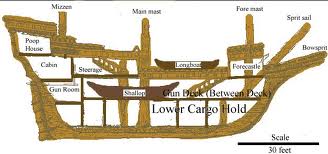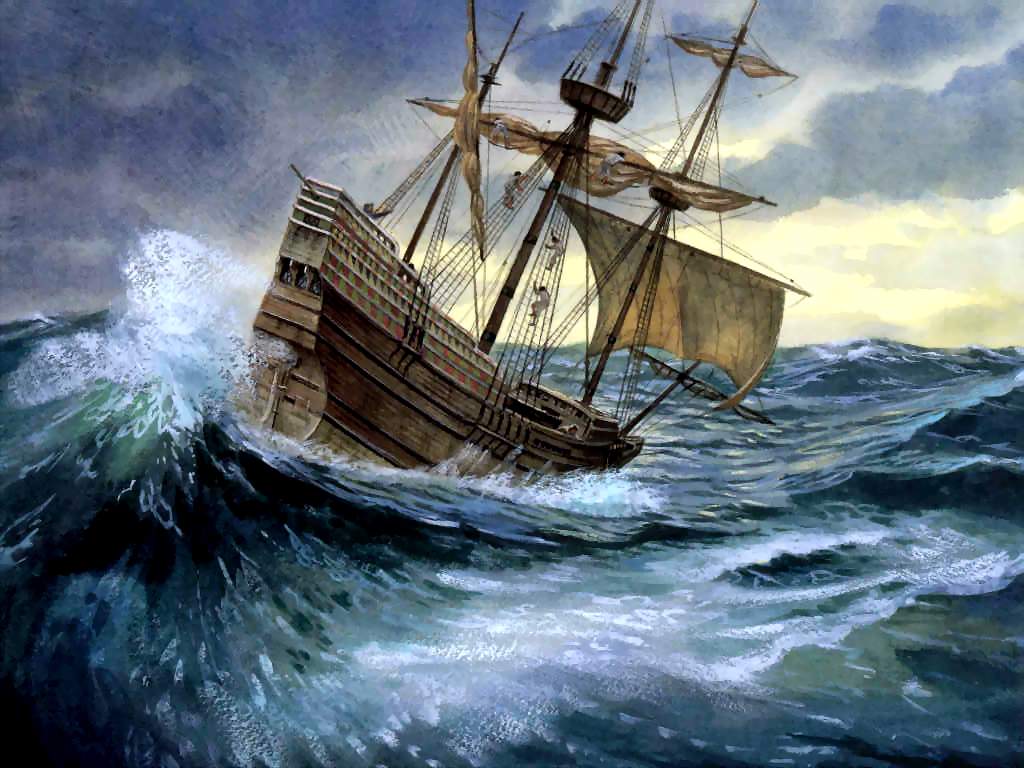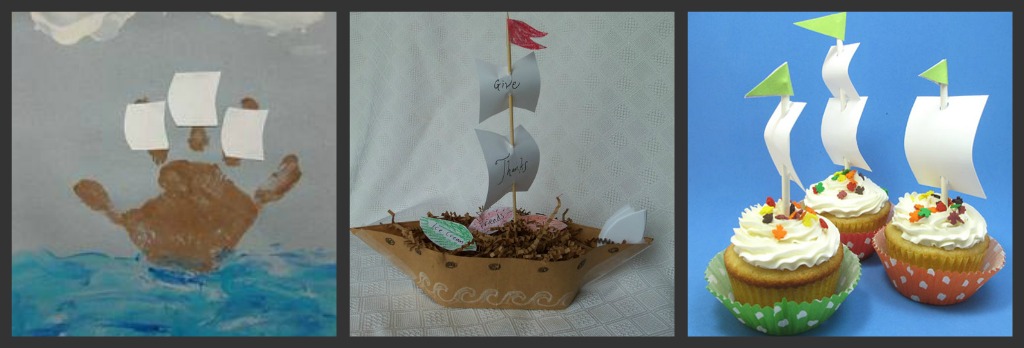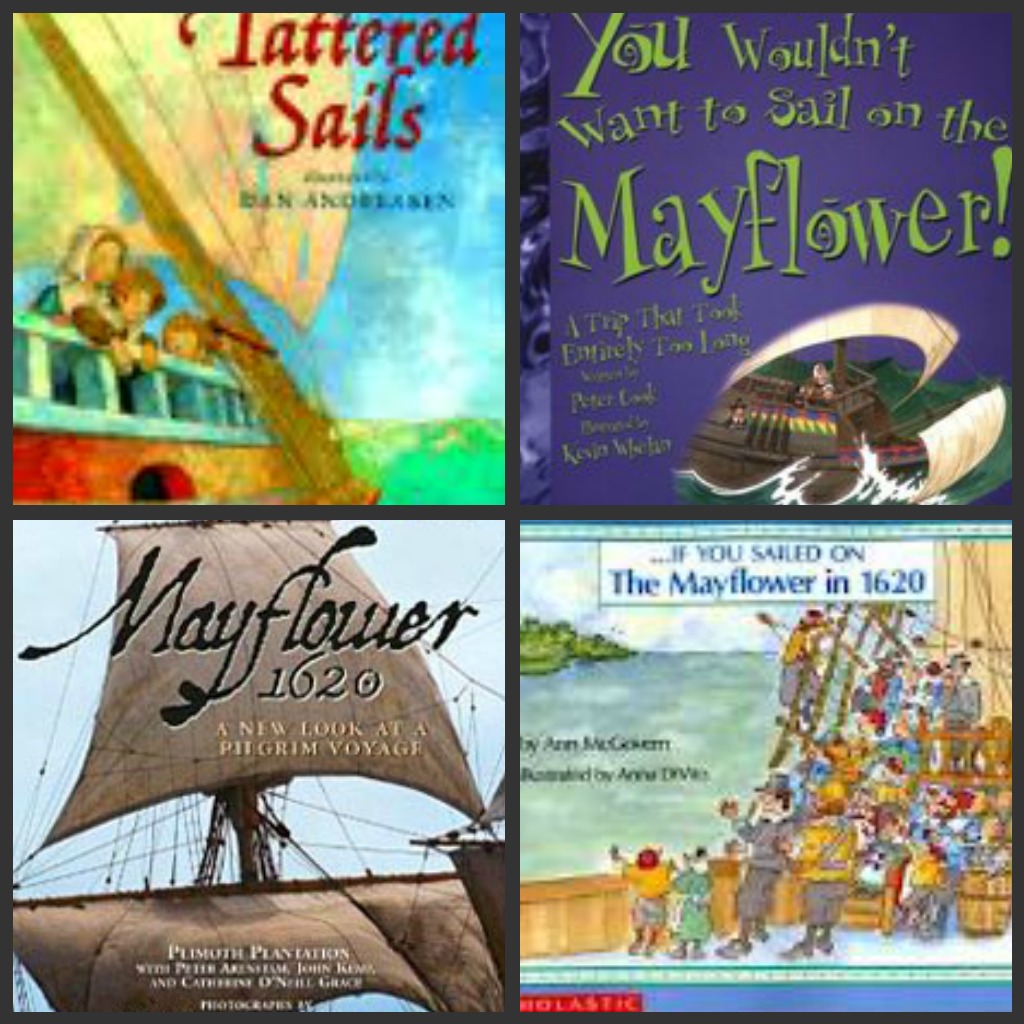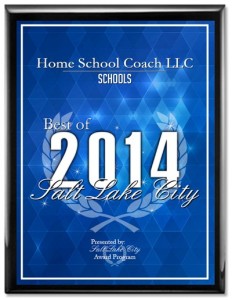Learning about Thanksgiving Part III:
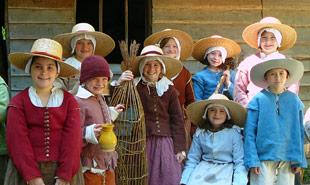
What was it like to be a child in Plymouth in the 1600"s?
What was it like to be a child in Plymouth in the 1600’s? It was very different in many ways from the life of a child today.
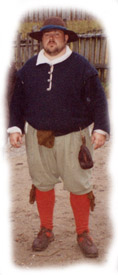
Pilgrim Father
Pilgrim Family System in 1600s:
Fathers were the head of the household. They were expected to maintain their authority and not let any of it be usurped by wife, children, or servants.
Mothers were first and foremost required to be fully submissive to their husbands. She was to be mild,
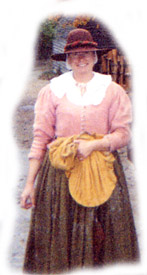
Pilgrim Mother
obedient, and courteous. She was to dress and behave modestly, and to speak with meekness. Mother, however, was second-in-command in the household and commanded the children and servants.
Children usually had many siblings. Families with 8 or 10 children were not uncommon. The people wore black and white on Sundays or special occasions. They usually wore earthy tones such as greens, browns, maroon, and darker colors during the week.
A Pilgrim Baby’s life:
Babies slept in wooden or wicker cradles. The cradle of Peregrine White, the first child of Plymouth, is one of the authentic surviving artifacts from the Mayflower. After a few months a child would be moved with a sibling to a “trundle bed.” Boy and girl babies wore the same clothing throughout most of their early childhood, a smock until the age of eight. As the child was learning to walk, he was placed in a go-cart standing stool. These walkers helped babies take their first steps but could only travel back and forth. Parents were very eager and nearly forceful to make the child walk. They believed that when a child was on all fours he was too close to the animal kingdom. Parents were diligent in training a child to walk as soon as possible.
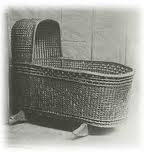
The cradle of Peregrine White, the first child of Plymouth.
Values taught to Pilgrim Children:
Adults believed that children were to be humble and submissive. They believed that children were born with a sinful nature that must be broken. Parents and other adults began to “break the child’s will” beginning somewhere around the age of one or two.
In childhood strict lessons on behavior and courtesy were taught. The biblical commandment of “Honor thy father and mother…” was taken very seriously. Children were admonished to have the utmost respect of their parents in the presence of other adults.
While eating the children could not sit down. During a meal children were not allowed to speak.
Children were expected to both love and fear their parents, to be obedient in all things, to be submissive equally to mother and father, and to speak in a restrained and proper manner. Pilgrim parents did not “spare the rod,” and corporal punishment was considered necessary for the proper upbringing of children.
Early educational life of Pilgrim Children:
Formal education was not available for every child in colonial New England. For the children that did attend school, it was very different from today. They went to school after early morning work was completed. The Puritans thought that learning was very important. They believed that the devil tricked people by keeping them in ignorance. Education was a tool to fight the temptations of evil.
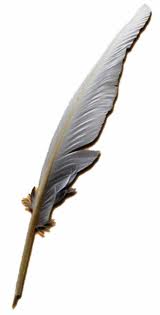
A quill pen
A dame school was common during early colonial days. A woman, usually a widow, would gather a few children in her house to teach them reading and some writing while she continued to complete her daily household work. In the one room school, there were no blackboards, maps, or globes. Lead pencils were not introduced until 1761. Children wrote with a feather pen using ink made from walnut oil. Every child was expected to bring a log to keep the fire burning. The log was a way of paying the teacher for her services and also to keep the classroom warm.
Paper was so scarce that students learned their fundamental skills by using a hornbook. The hornbook
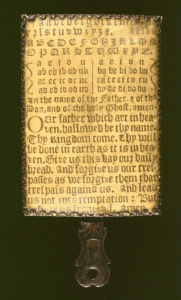
A hornbook
was a wooden paddle with a piece of paper tacked to it. The paper contained the alphabet, simple combinations of vowels and constants and a prayer. A thin layer of cow horn protected the paper. Students traced over the letters with a sharp stick until they memorized each letter. After the students mastered the hornbook, they moved on to The New England Primer. It was used throughout New England for over one hundred years. The book began with the alphabet. The letters were illustrated with a biblical reference. The letters and pages were filled with biblical advice to help children lead a virtuous life.
The schoolmasters were very strict disciplinarians. When the teacher entered the room all of the children were to stand up. His authority was never questioned. He disciplined the children freely in various ways. Children were whipped with hickory or willow branches. The teacher often used forms of humiliation. They were forced to wear a card that stated their crime. A boy who did not complete his math assignments was labeled as an idler. A girl that turned around to talk to a child behind her was called a “Pert-Moss-Prat-a-Pace.”
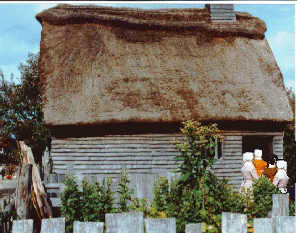
A Plymouth home
Life of Pilgrim Children after eight:
After age eight it was not uncommon for a child to be placed in the foster care of another family. There were a number of reasons for a child to be “put-out” in this manner. Some children were placed into households to learn a trade, others to be taught to read and write. It seems that there was, as with almost every decision in the colony, a theological reason for fostering children. It was assumed that a child’s own parents would love them too much and would not properly discipline them. By placing a child in the care of another family there was little danger of a child being spoiled.
Children were expected to follow in their parent’s footsteps. Children usually left school once they were able to read, write, and do basic math. At that time, many left to become apprentices. The apprenticeship lasted about four to five years but could last until age twenty-one. The master was responsible for teaching a trade. Boys learned to be blacksmiths, printers, shoemakers, or cabinetmakers. Girls learned trades like weaving and dressmaking.
A few young men were able to continue on to higher education. A man was thought to be educated if he had a knowledge of Latin and maybe Greek. Boys were required to recite long passages even if they had no idea of the meaning. The study of these languages was seen as improper for girls.
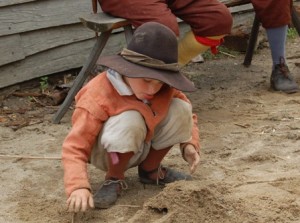
A Pilgrim child
Historians aren’t sure how often children in Plymouth played. One thing is certain though, they played a lot less than most children do today! Children in Plymouth Colony worked hard. They began working as early as age four or five. They worked in the corn fields, cooked, fetched water, took care of the animals, and watched younger children. Small children helped by weeding flax plants. The work of girls was closely related to the home and the work of her mother. Girls learned to sew, knead bread, an assist in the childcare of younger siblings. Boys worked mostly outdoors by way of caring for animals and crops. Boys also used jackknives to carve wood into spoons, bowls, and breadboards.
Even though they worked hard, children probably were allowed to play a little every day. Many Pilgrim parents thought that is was fine for children to play games as a way of resting from work—as long as their children weren’t playing instead of working! They thought that the best kind of games and sports for children were those that exercised their bodies (like running races) or their mind (like draughts). They also liked children to play games in which they practiced skills that they would need later in life (like playing house or playing with dolls). But they didn’t like their children to play games that involved luck because that was too much like gambling.
Common games Pilgrim Children played:
In England, before they sailed for America Pilgrim children played naughts and crosses, draughts, all hid, lummelen, or hop frog? Have
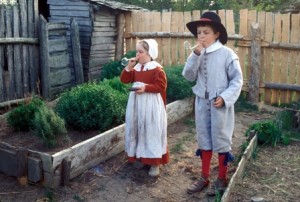
Pilgrim children worked and played.
you ever played these games? I’ll bet that you have! Naughts and crosses is tic, tac, toe and draughts is checkers. Can you guess what all hid and hop frog are? They are hide and seek and leap frog. What about lummelen? That’s keep away. Next time you play one of these games, stop and think how amazing it is that you’re playing the same game that children played 400 years ago!
Children might also have played word games, like gliffes. Gliffes are tongue twisters. Here’s one from the 1600’s. “Dick drunk drink in a dish; where’s the dish Dick drunk drink in?” Riddles were popular too. Blowing bubbles was also a popular pastime for children. Children might even have played with toys like stilts, pinwheels, tops, hoops, kites and marbles.
Pilgrim activities for children from life in the 1600″s:
- Take a virtual tour of Plymouth.
- Make a pilgrim home.
- Make a family book titled “The Thankful Family Project”. Have each person draw a picture of what they are most thankful for. Bind the pictures together and date your book. You can look at it for many thanksgivings to come and add to the pictures.
- Make some fun fact cards and then have a family quiz at dinner. Learn your Plymouth facts together.
Books about life as a Pilgrim child:
- Pilgrim Children Had Many Chores by Gina Lems Tardif
- Sarah Morton’s Day: A Day in the Life of a Pilgrim Girl by Kate Waters
- Samuel Eaton’s Day: A Day in the Life of a Pilgrim Boy by Kate Waters
- Tapenum’s Day : A Wampanoag Indian Boy in Pilgrim Times by Kate Waters
- One Little Two Little, Three Little Pilgrims by B.G. Hennessy
- Three Young Pilgrims by Cheryl Harness
- Off to Plymouth Rock by Dandi Daley MacKall
- Story of the Pilgrims, The by Katharine Ross
- Daily Life in the Pilgrim Colony 1636 by Paul Erickson
- Eating the Plates: A Pilgrim Book of Food and Manners by Lucille Recht Penner
- Homes in the Wilderness: A Pilgrim’s Journal of Plymouth Plantation in 1620 by William Bradford (edited by Margaret Wise Brown)
- Gobble: The Complete Book of Thanksgiving Words by Lynda Graham Barber
- Turkeys, Pilgrims, and Indian Corn: The Story of the Thanksgiving Symbols by Edna Barth
- Colonial Kids: An Activity Guide to Life in the New World by Laurie Carlson
The above information is a compilation from these sites:
Possibly Related Posts:

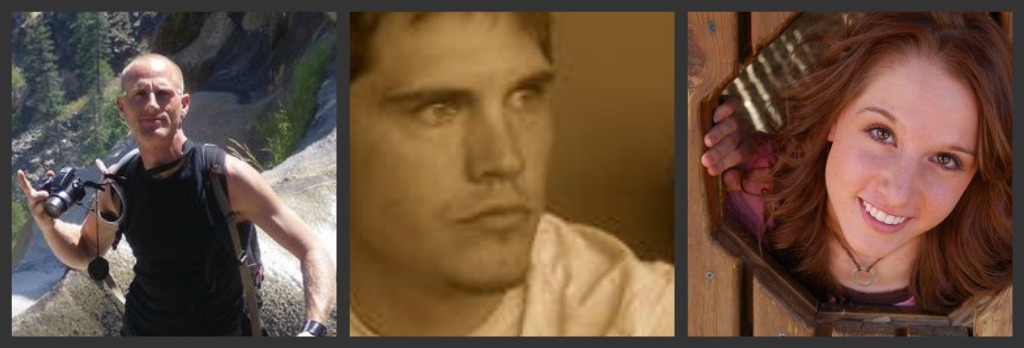


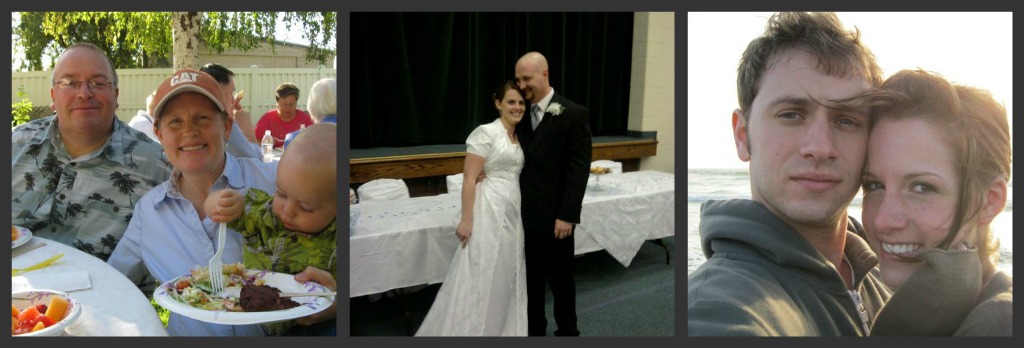
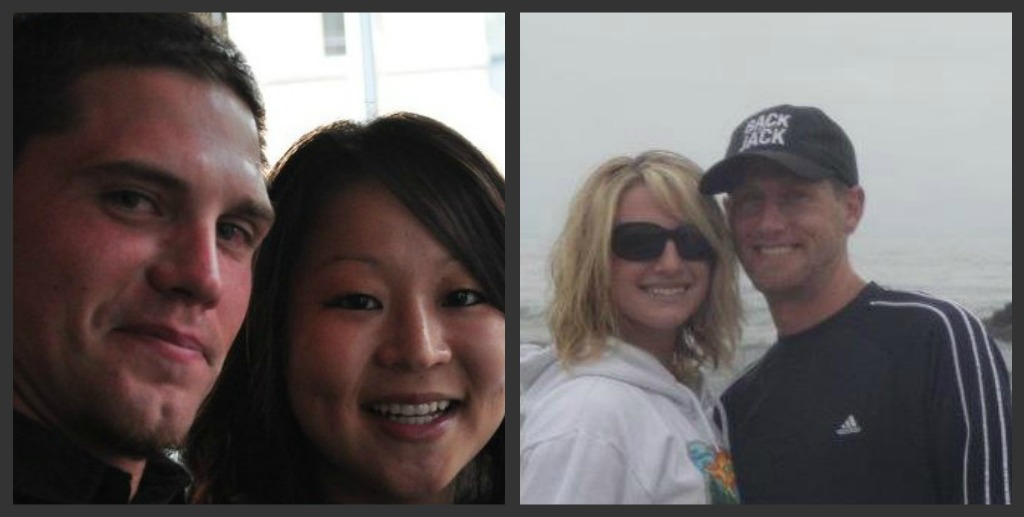
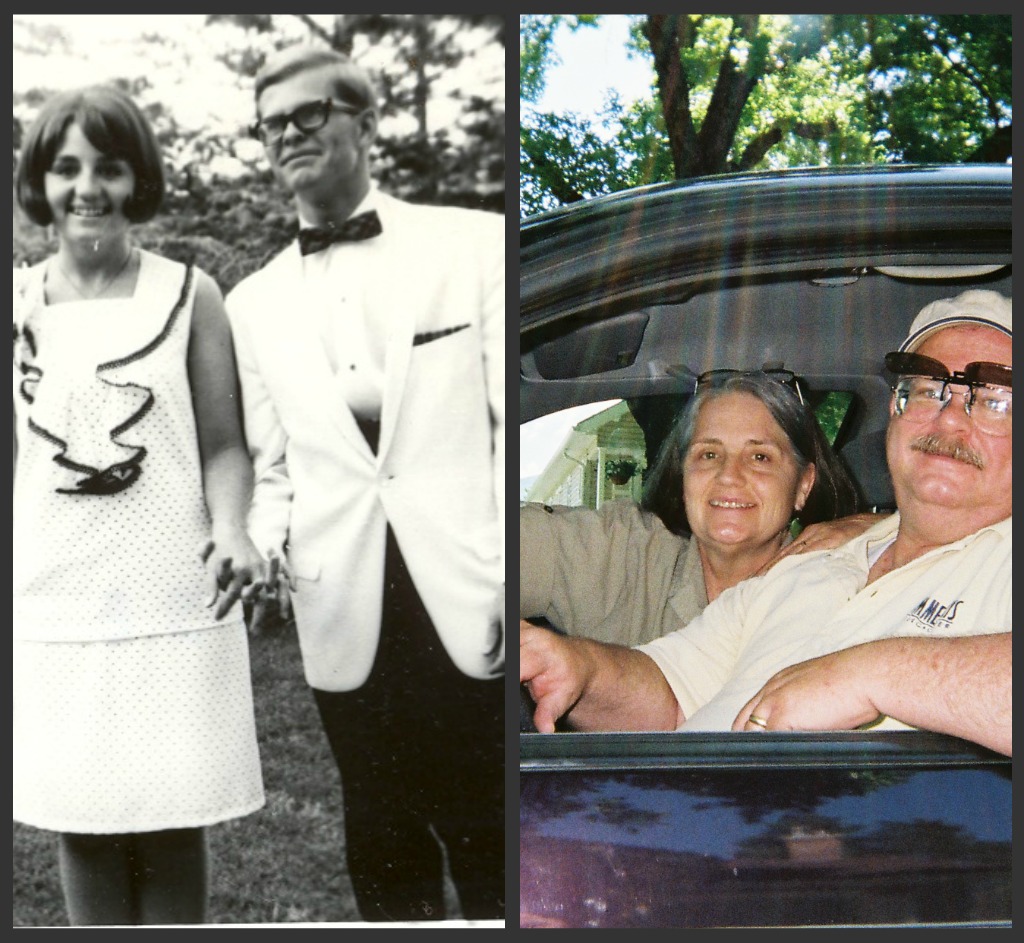
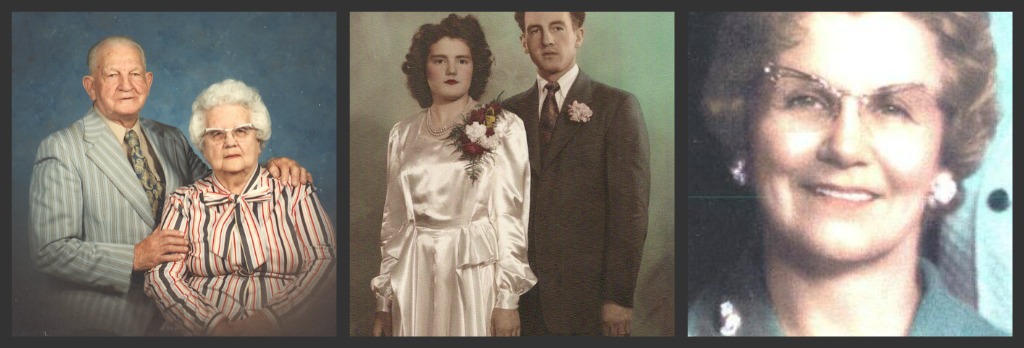
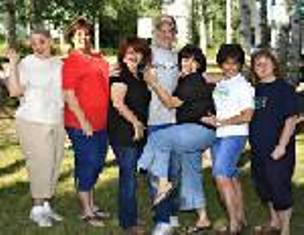
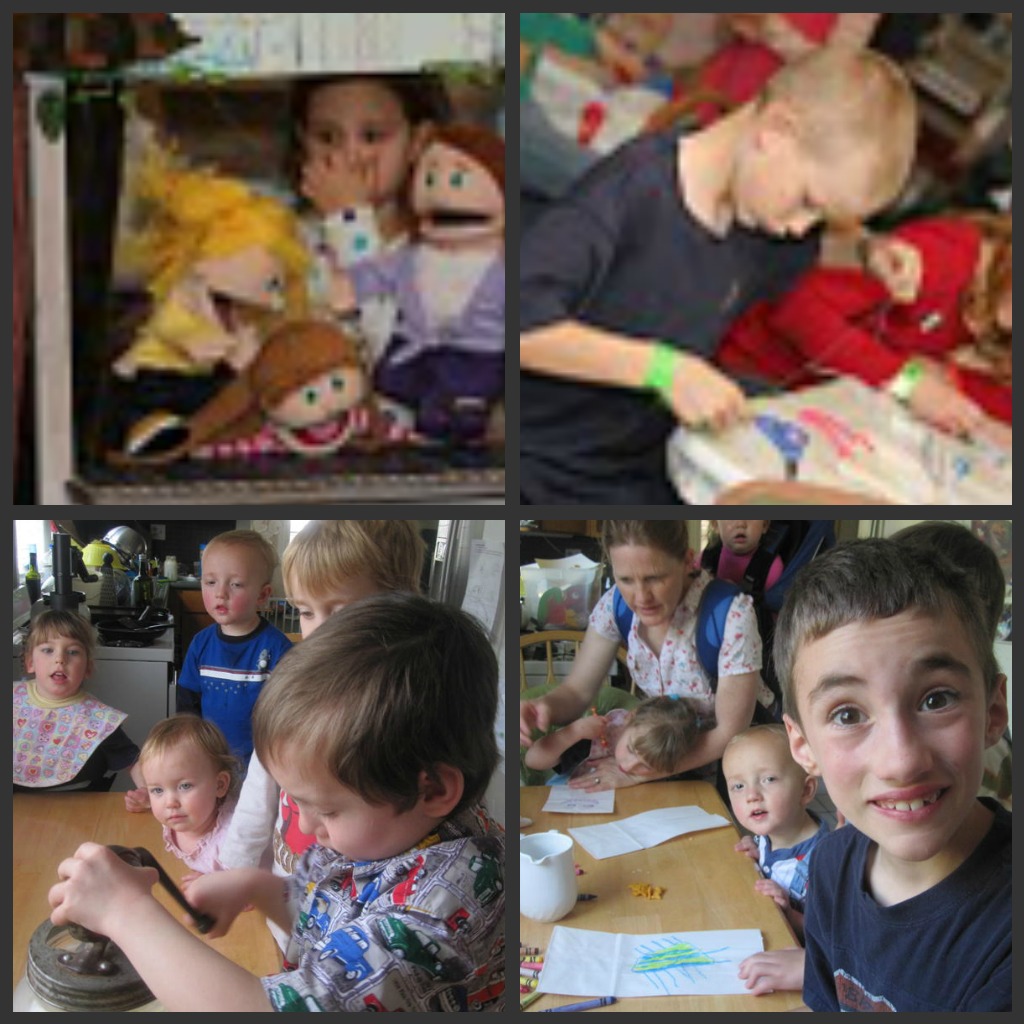











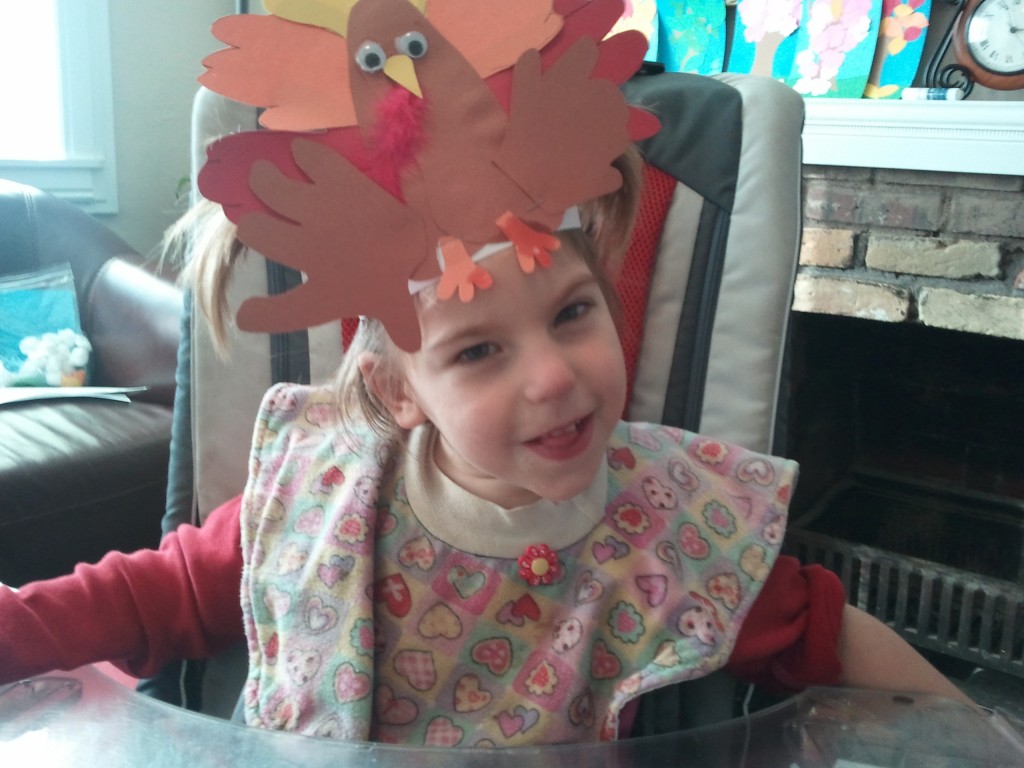
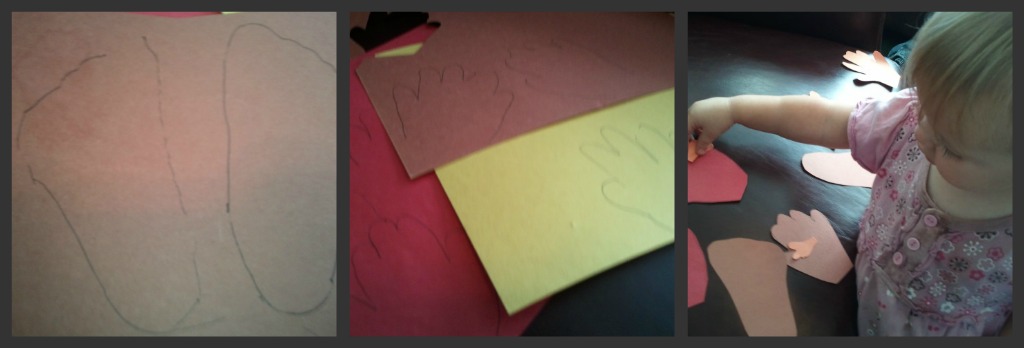
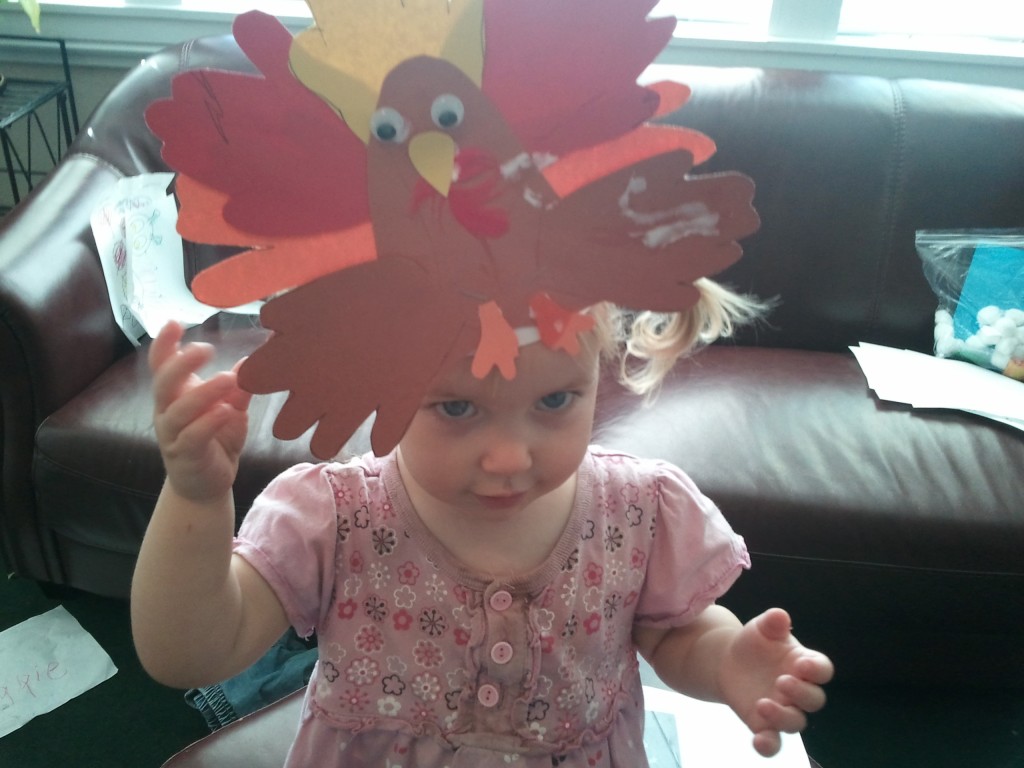
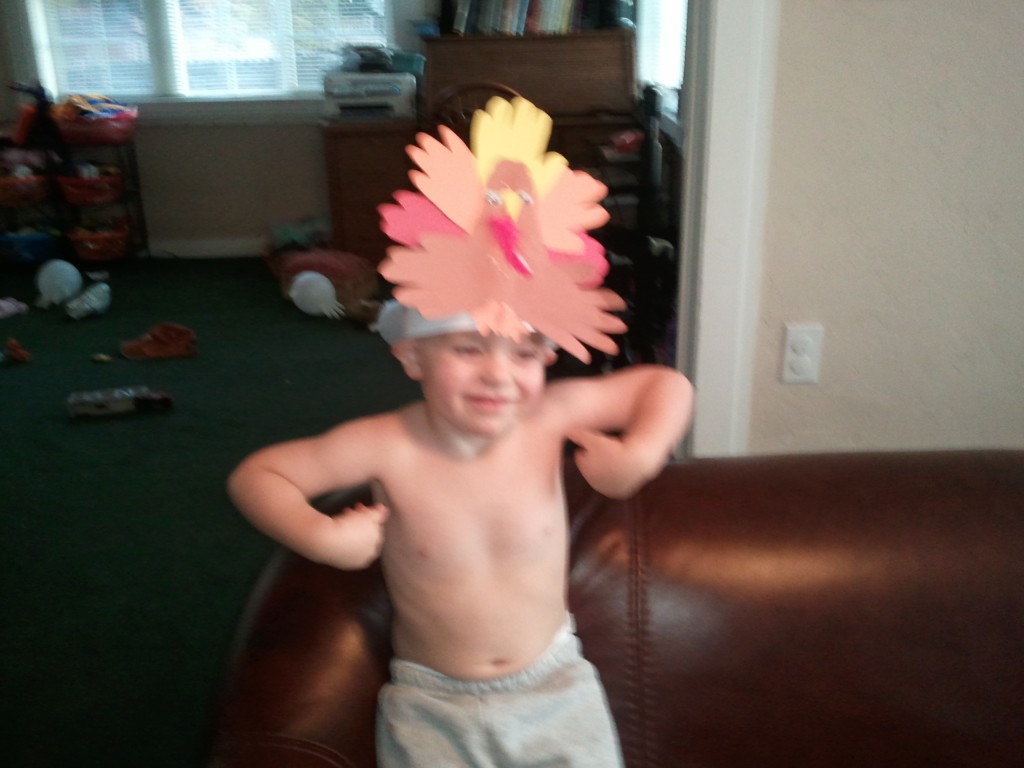
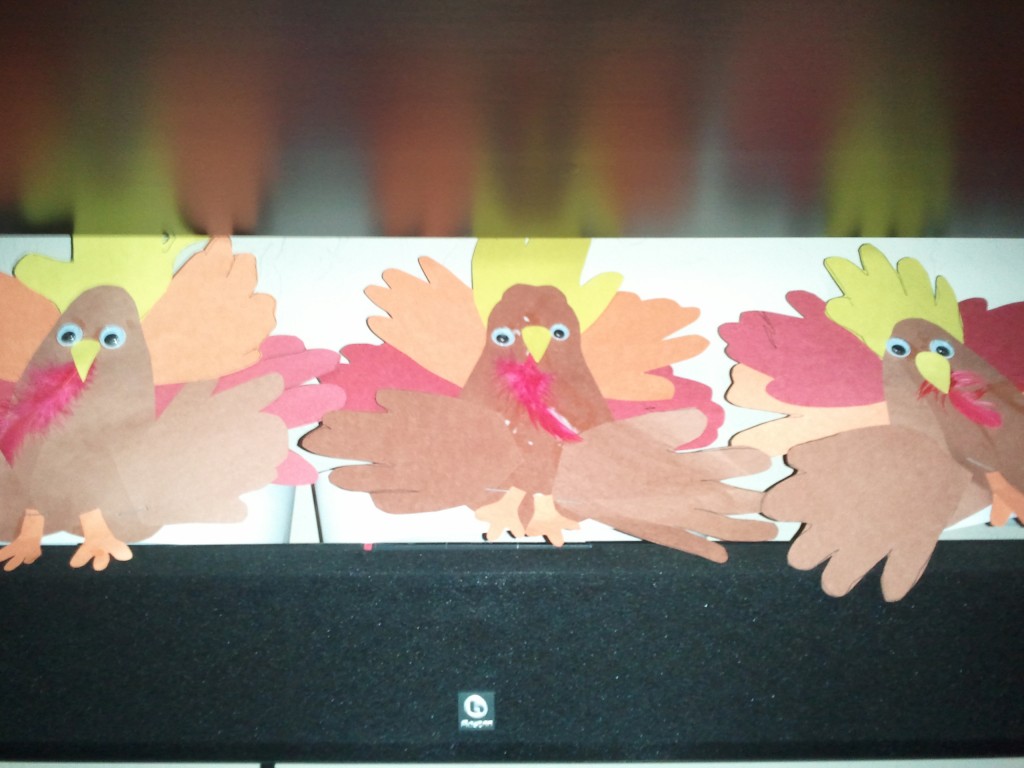
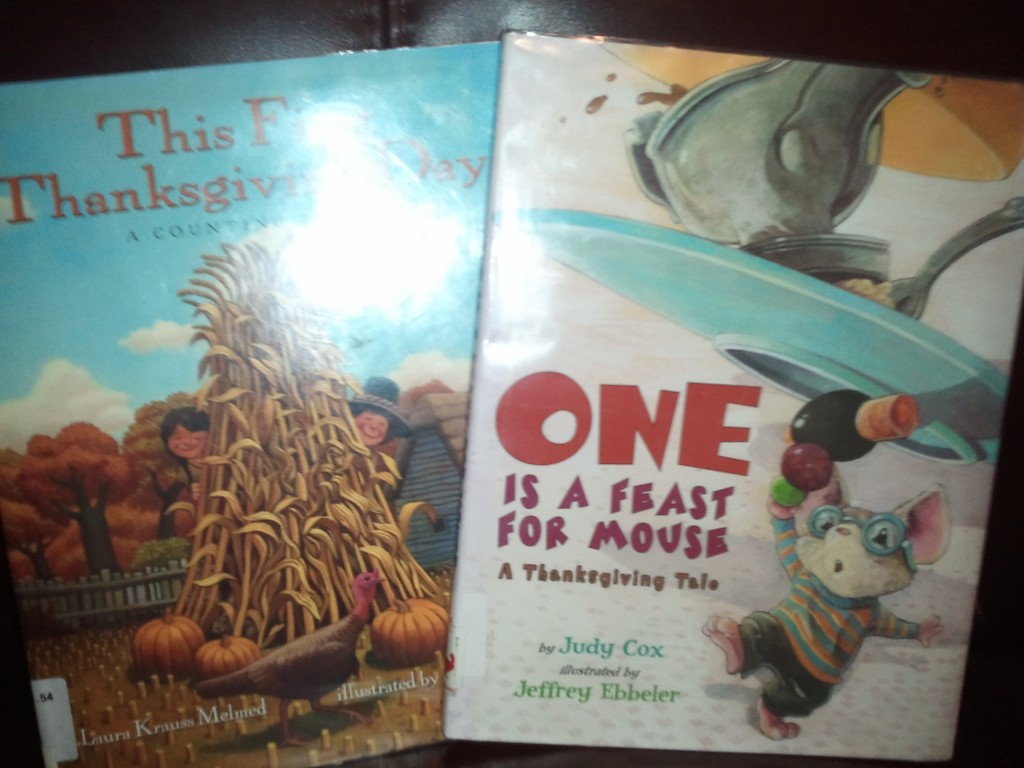
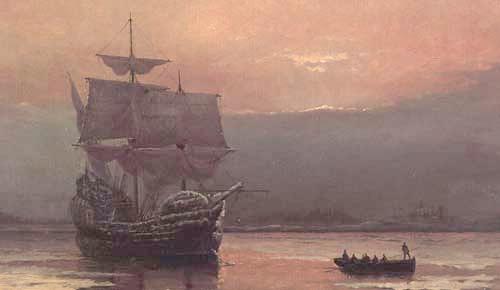
 One of the sailors on the voyage was remembered as having been very vulgar and rude. He used to laugh at the passengers sea-sickness, and told everyone he hoped to throw half of them overboard after they had died, and then take all their possessions for himself. He cursed and swore terribly. In the end, though, he ended up being the first to get sick, and soon died of a very painful disease, and was in fact the first person thrown overboard. The Pilgrims saw the hand of God in his death, as Bradford wrote “Thus his curses light on his own head, and it was an astonishment to all his fellows for they noted it to be the just hand of God upon him.”
One of the sailors on the voyage was remembered as having been very vulgar and rude. He used to laugh at the passengers sea-sickness, and told everyone he hoped to throw half of them overboard after they had died, and then take all their possessions for himself. He cursed and swore terribly. In the end, though, he ended up being the first to get sick, and soon died of a very painful disease, and was in fact the first person thrown overboard. The Pilgrims saw the hand of God in his death, as Bradford wrote “Thus his curses light on his own head, and it was an astonishment to all his fellows for they noted it to be the just hand of God upon him.”